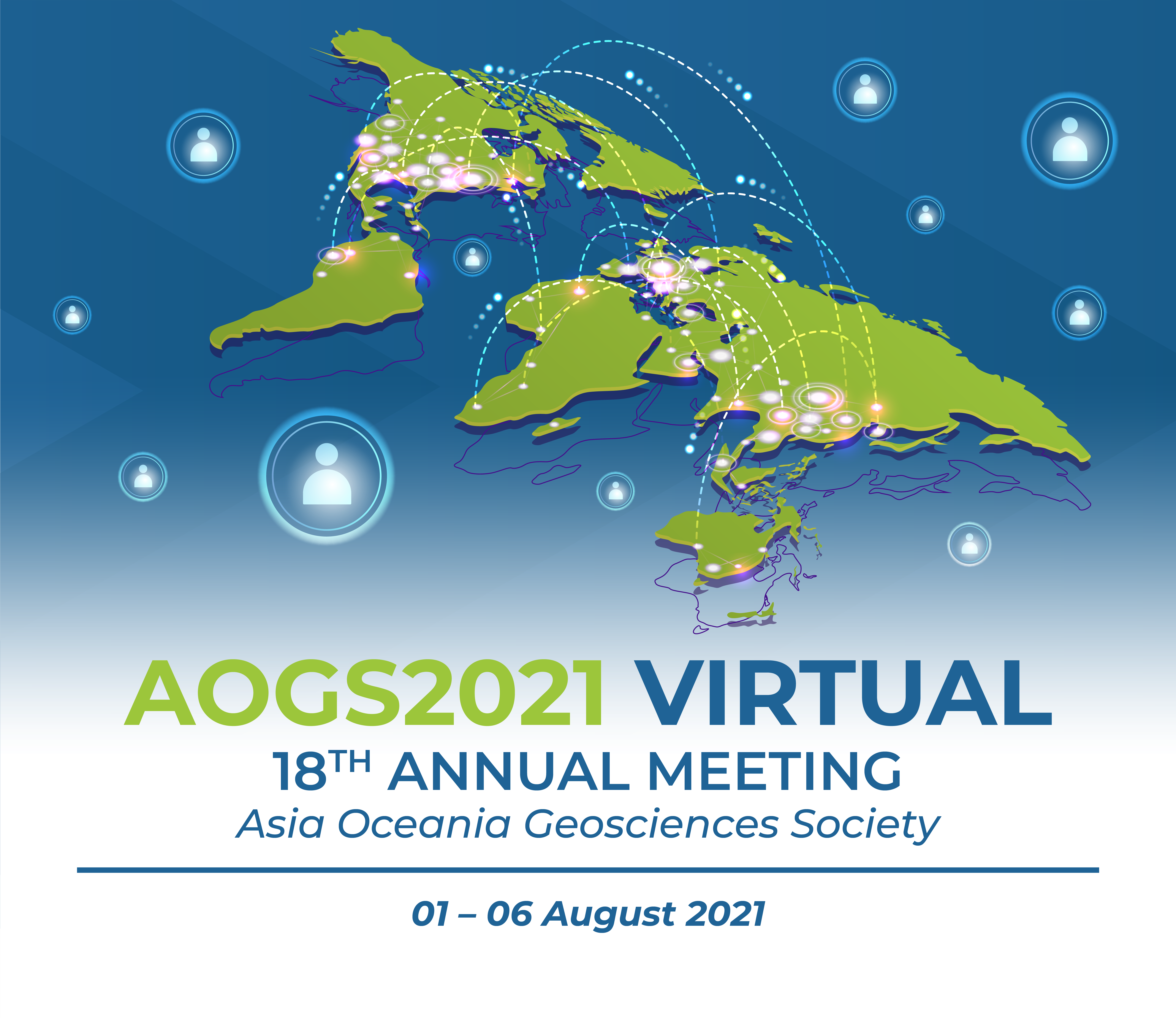

*Attend these AOGS2021 Webinars Free! – Registered Attendees Only
All AOGS e-news subscribers are eligible to attend. Please help us forward this information to your friends and
professional contacts. If not yet a subscriber, they need sign up for an account on MARS to receive
the complimentary invite. Not yet a subscriber?
Sign up Here to Receive Your Complimentary Invitation
Axford Lectures | Medal Lectures | Section Distinguished Lectures
All times shown are Singapore Standard Time (GMT+8)
| OS Section Lectures & Meeting | Room: WB2 |
| Transition | 13:00– 13:30 |
| OS Distinguished Lecture | 13:30 – 14:15 |
| OS Kamide Lecture | 14:15 – 15:00 |
| OS Section Meeting | 15:00 – 16:00 |

Thu-05 Aug, 13:00 – 16:00, Room: WB2
Distinguished Lecture - OS (Save a seat)
“Ocean dynamics in a changing climate”
Shang-Ping XIE
Scripps Institution of Oceanography, University of California San Diego
The prevailing easterly winds bring up cold waters from the thermocline on the equator. The thermocline water that upwells on the equator originates from the winter subtropical gyre, riding on a shallow meridional overturning circulation (MOC). Equatorial wave adjustments to the variable trade winds allow positive feedback from the mutual interaction and cause the Pacific to oscillate between El Nino and La Nina.
Global-mean surface temperature has risen by more than 1oC in response to anthropogenic increase of atmospheric greenhouse gases. How does the ocean circulation change, by what mechanisms, and how does it affect the atmospheric circulation and regional climate change? This lecture explores these questions brought to the fore by climate change.
Major changes in ocean circulation are expected to. In the tropics, the surface warming pattern across the Pacific holds the key to how El Nino will change. Since the water upwelled in the Pacific cold tongue is last in contact with the atmosphere 1-2 decades earlier, this damps the surface warming (upwelling damping). The slowdown of the atmospheric Walker circulation, on the other hand, flattens the thermocline in favor of an El Nino-like surface warming. The balance of these opposing effects determines how the zonal SST gradient changes.
The subtropical gyre is wind driven, with a strong western boundary current (e.g., the Kuroshio). While the wind change is weak and uncertain in the midlatitudes, models project robust changes in the subtropical ocean gyre—which intensifies in the upper layer and weakens in the lower thermocline due to increased density stratification.
Ocean uptake of anthropogenic heat and storage below the mixed layer slow the surface warming. The ocean heat uptake is so far concentrated in the Southern Ocean, an interhemispheric asymmetry that seems due to the cooling effect of anthropogenic aerosols. With the reduction of aerosols to curb air pollution, the subpolar North Atlantic is expected to emerge as a major heat sink as the deep Atlantic MOC slows down. The subpolar ocean heat uptake has important effects on the atmospheric circulation and regional climate change.
Oceanographers led the development of coupled ocean-atmosphere theory of El Nino and the Southern Oscillation, leading to operational seasonal forecast. Ongoing global warming opens new frontiers for dynamic oceanography to uncover how ocean changes affect climate, marine geochemistry, and biology.
Biography
Shang-Ping Xie is the distinguished professor of climate science and holds the Roger Revelle Chair at Scripps Institution of Oceanography, University of California San Diego, USA. He received BS from Ocean University of China and PhD from Tohoku University, Japan, both degrees in physical oceanography. He studies ocean-atmosphere interactions, climate variability and change. His research contributes to answering such fundamental questions as what determines the spatio-temporal variations of climate, how preferred patterns of climate variability form, how predictable climate is, and how climate will change in the face of increasing atmospheric greenhouse gases. Dr. Xie was a lead author of the Intergovernmental Panel on Climate Change (IPCC) Fifth Assessment Report, is a Highly Cited Researcher on the Web of Science, a fellow of the American Geophysical Union and American Meteorological Society (AMS). He received the AMS Sverdrup Gold Medal and gave the 2017 AOGS Distinguished Lecture in Atmospheric Sciences.